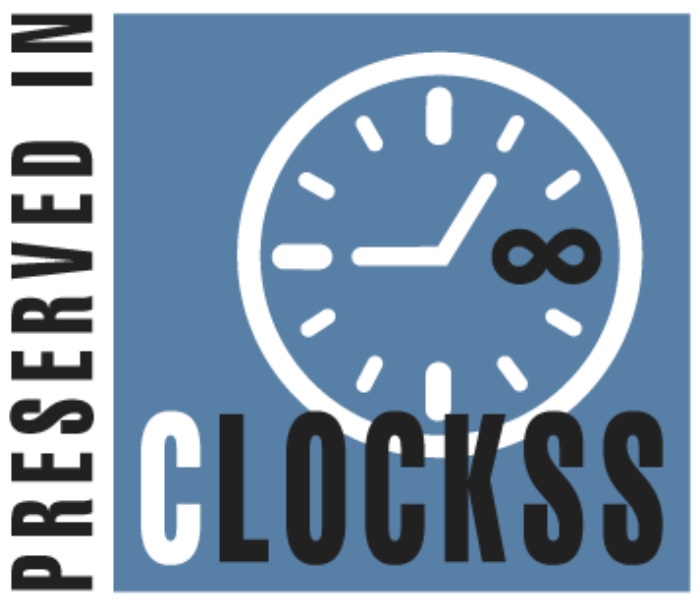UTTILIZATION OF LIPIDS AS SOURCE OF ENERGY DURING HIBERNATION OF RANA RIDIBUNDA PALLAS, 1771
Abstract
The aim of this study is to calculate the ene expenditure from fatty substance contents of the
frog. Rana ridibunda during its hibernation. It was found that, almost, all frogs enter
hibernation during the last week of December and emerge from hibernation during the first
week of March. Hence, January and February are considered the hibernation period.
December is the pre-hibernation period and March is the post-hibernation period. The
reduction in percent of body lipid during the hibernation period was 4.8% in males and 7.7%
in females. The reduction in percent of lipid of fat bodies during the hibernation period was
2.758% in males and 0.733% in females.
The calorific value of R. ridibunda lipid amounted to 12338.5 cal/gm. Therefore, energy loss
from lipid content of body tissue was 10.04 cal/gm! day in males and 16.10 cal/gm! day in
females. Energy loss from fat bodies during hibernation was 5.77 cal/gm of mass in males and
1.53 cal/gm of mass in females. The total energy losses during hibernation for R. ridibunda. in
Baghdad. on dry weight basis, averaged 15.81 cal/gm! day in males and 17.63 cal/gm! day in
females.










